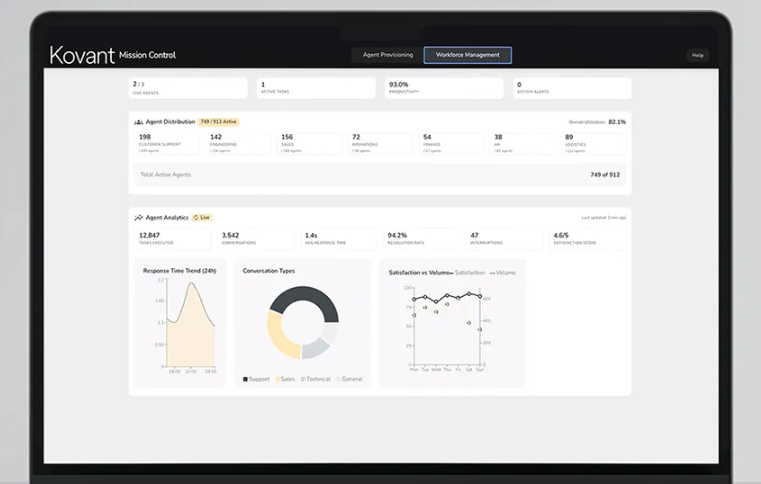Interpretable Air Pollution Forecasting by Physics-Guided Spatiotemporal Decoupling
PositiveArtificial Intelligence
- A new study has introduced a physics-guided spatiotemporal learning framework for air pollution forecasting, which decomposes pollutant concentration behaviors into two transparent modules. This model, evaluated on data from the Stockholm region, demonstrates superior performance compared to existing forecasting methods across various time horizons.
- The development of this interpretable model is significant for public health, as it enhances the reliability of air quality predictions, allowing for better-informed decisions and policies aimed at mitigating pollution impacts on communities.
- This advancement aligns with ongoing efforts in artificial intelligence to improve model interpretability while maintaining high predictive accuracy, reflecting a broader trend in the field towards integrating physical principles into machine learning frameworks for enhanced decision-making capabilities.
— via World Pulse Now AI Editorial System

